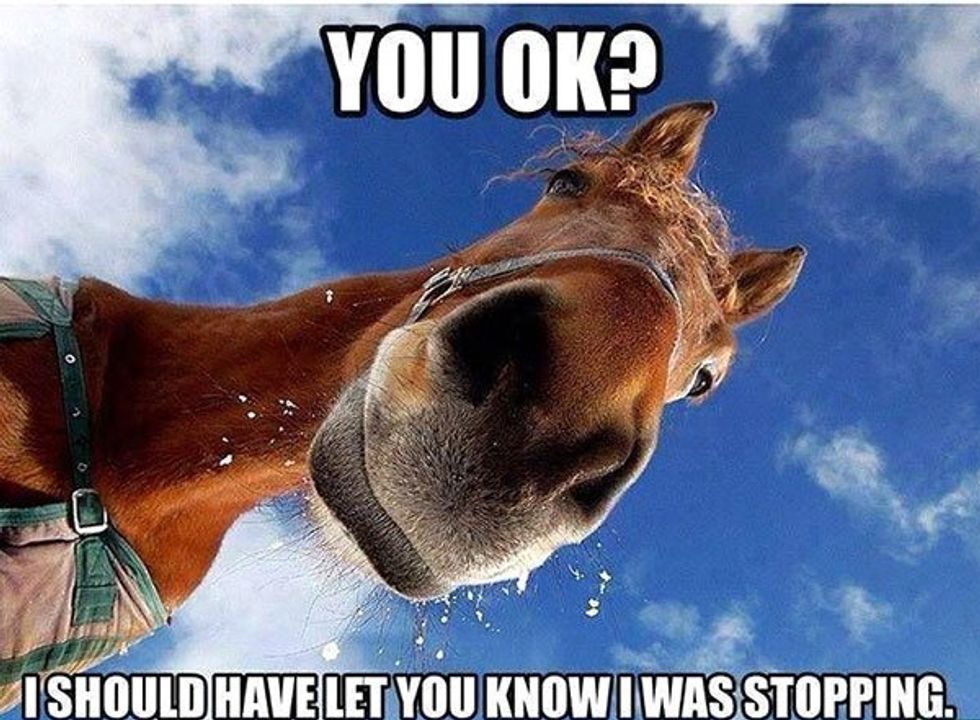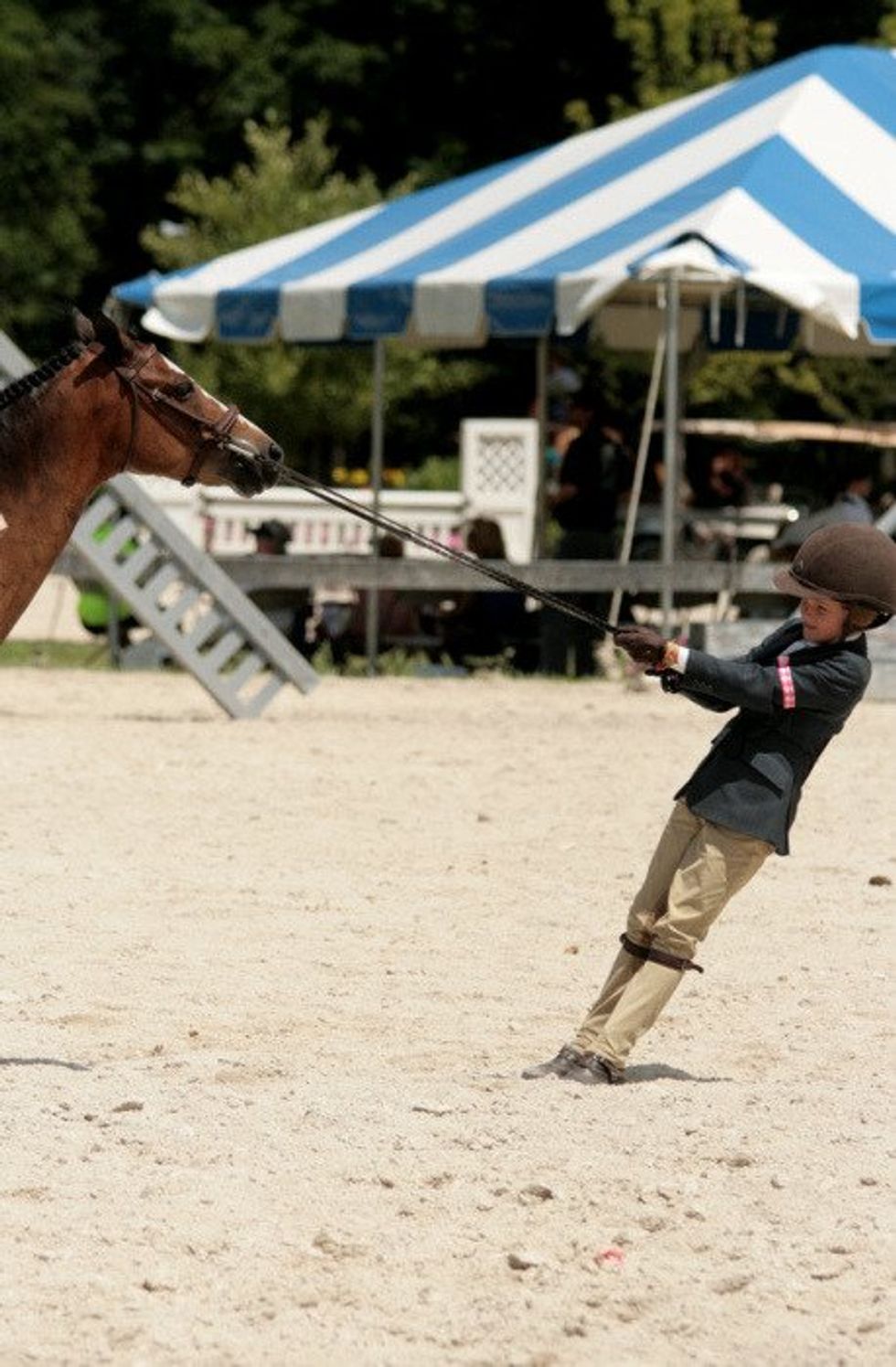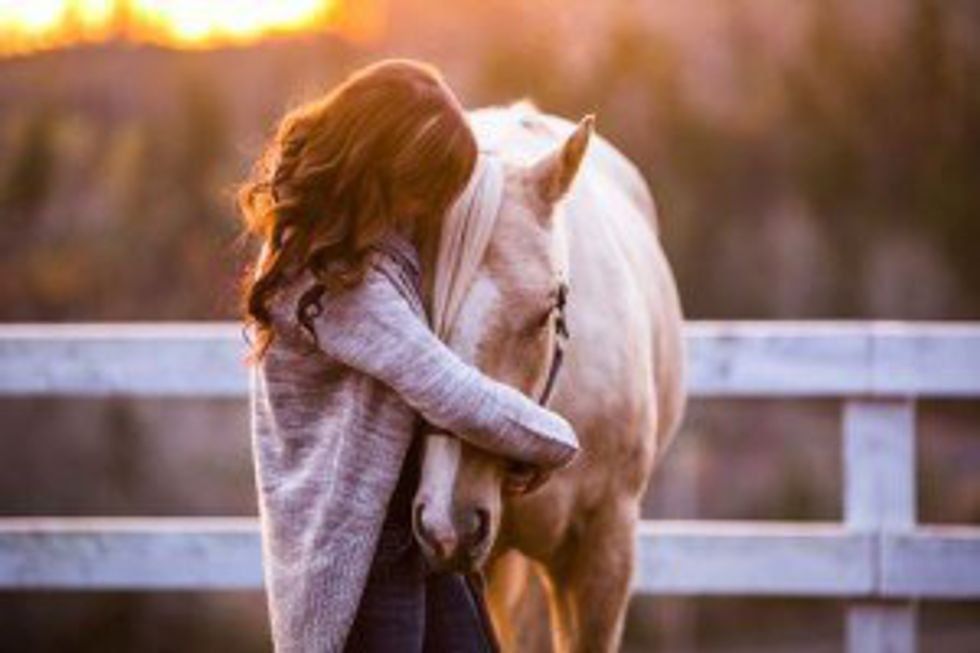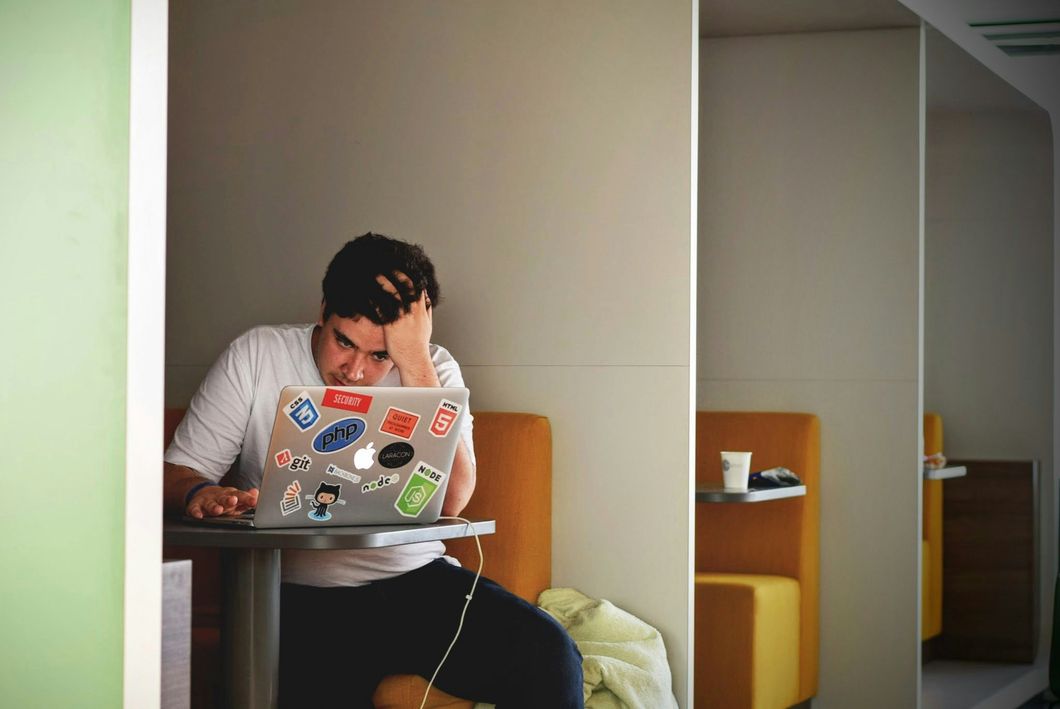2020 has been a year of great upheaval and nowhere is that more apparent than in the United States. Armed protests defying state stay-at-home orders made by Democratic governors in places like Michigan, Virginia, and even my home state of Kentucky made national headlines back in April after President Donald Trump tweeted his support for the demonstrators and their Second Amendment rights, but those rallies pale in comparison to the more recent protests over the perennial issue of police brutality.
George Floyd's death at the hands of four Minneapolis police officers on May 25 served as yet another lightning rod for accusations of blatant police brutality and deep-seated, institutional racism in the United States, much in the way that Trayvon Martin's death had in 2012, and Michael Brown and Eric Garner's deaths had in 2014, and Alton Sterling's death had in 2016, and Botham Jean's death had in 2018. Suffice it to say, the issue of police brutality is not a new one. In response to the initial absence of any accountability by the Minneapolis Police Department, tens of thousands nationwide took to the streets in late May to peacefully protest against the injustices of what was deemed a broken system.
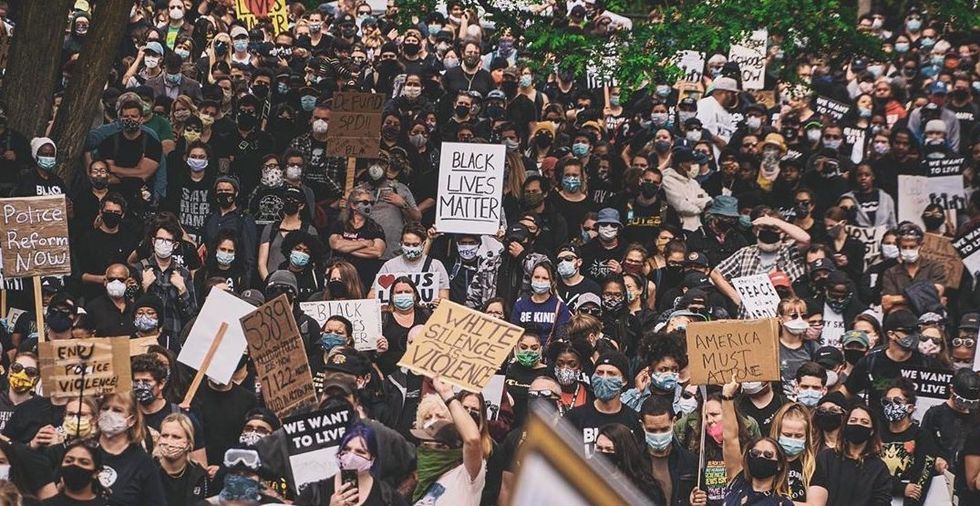
Unfortunately, these protests have since been met with an aggressive and frankly outrageous response by law enforcement groups across the country, for fear that the mob would turn to looting otherwise. Protesters across the nation, as recently as June 11, have been attacked with flash bang grenades, tear gas, batons, and rubber bullets — weapons of war — simply for daring to exercise their constitutional rights and legitimately oppose the political status quo.
In Seattle, the protesters have instead taken a more radical approach.
Peaceful protests denouncing the death of George Floyd began on May 29 in Seattle, and quickly escalated into violent confrontations between the heavily armed and armored officers of the Seattle Police Department and the mass of protesters. After several nights of ever-increasing violence, the protesters eventually came to focus their demonstrations on the SPD's East Precinct building in the city's Capitol Hill neighborhood. Fierce fighting continued into early June, even as the building was considerably fortified with cement bricks and barbed wire and a temporary ban was even placed on tear gas by Mayor Jenny Durkan on June 5. Interestingly enough, after the ban on the chemical was imposed, peaceful protests would once again begin.
The use of tear gas, however, would resume within the week. On June 7, a man drove his car into a group of protesters outside the East Precinct building and shot Seattle resident Dan Gregory, critically injuring him before taking refuge with Seattle police. The attack seemingly served nothing more than to further rouse tension between protesters and police, as the violence began later that night when the police were once again authorized to disperse the crowd with gas. This would be the most brutal day of protests in Seattle, with hundreds of hospitalizations resulting and over 12,000 complaints ultimately being filed against the SPD.

The next day, protesters were greeted by an unexpected sight: Seattle police had abandoned the East Precinct building and vacated Capitol Hill entirely, apparently to leave the protesters to police themselves in an attempt to "de-escalate". By the afternoon of June 8, the protesters had themselves erected barricades at adjacent intersections and had graffitied various leftist symbols and messages on many of the surrounding surfaces, declaring the neighborhood to be "Free Capitol Hill". The name would soon be changed to the Capitol Hill Autonomous Zone, or CHAZ.
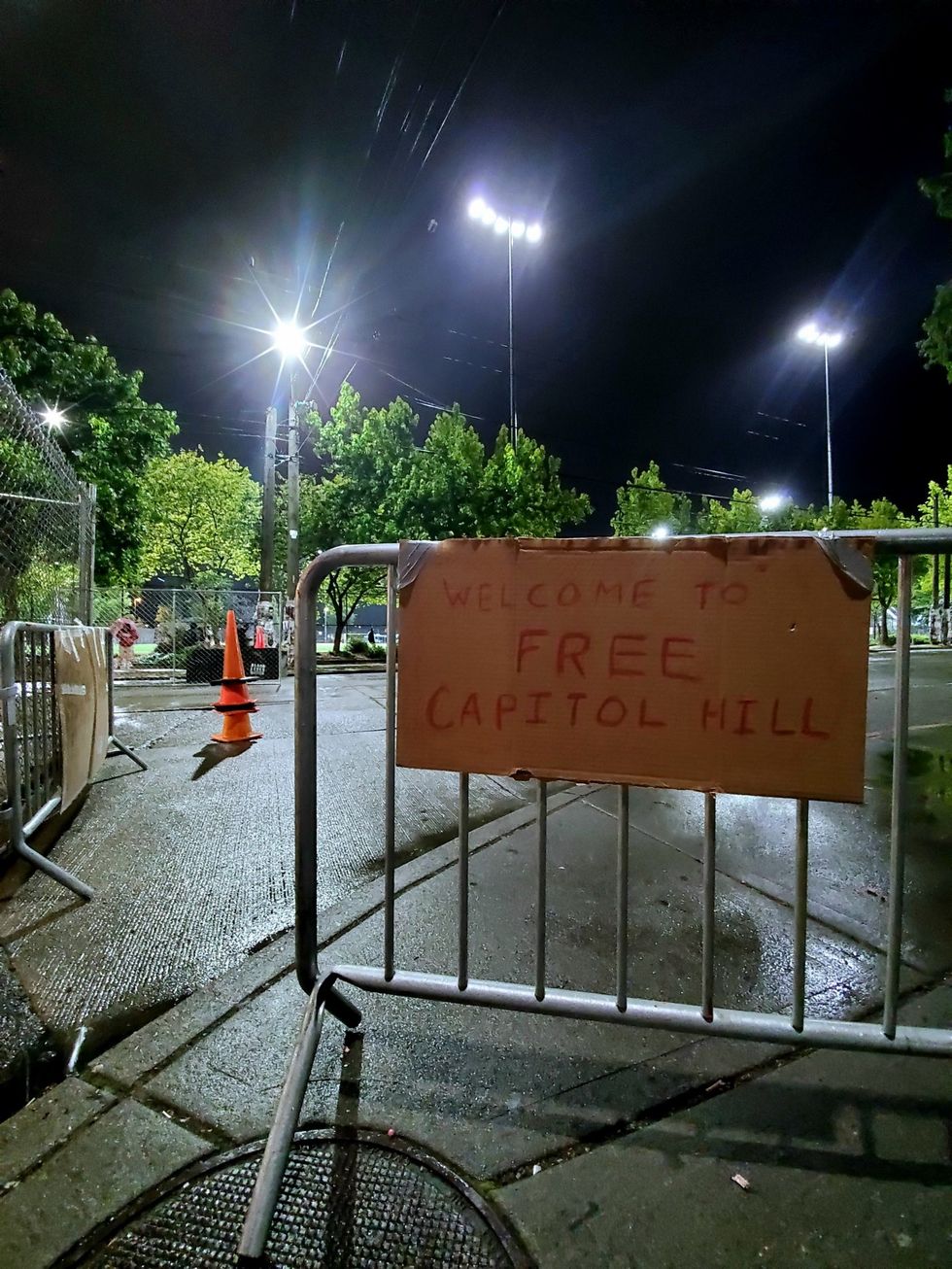
And the CHAZ has only grown. As of now, the territory has an area of roughly 11 square blocks, centered on the newly-christened "Seattle People's Department" building, and extending into the nearby Cal Anderson Park. Thousands show up every day to this "cop-free zone" to peacefully demonstrate, and despite the lack of a clear leader, the occupants of the CHAZ have fashioned a thriving community in Capitol Hill. Food, water, and medical aid are distributed freely among the protesters. Protection is provided in large part by rifle-toting anti-fascists affiliated with the local Puget Sound John Brown Gun Club. Governance, while certainly nebulous, is driven by a number of daily public meetings where the goals of the movement are hammered out.
The 30 demands of the movement — a full list of which can be found here — are extremely ambitious. For instance, the very first demand made of the city is the complete abolition of the Seattle Police Department and the removal of ICE operations from the area. Other demands include free college across the state of Washington, the de-gentrification of Seattle and introduction of rent control, and the complete elimination of imprisonment, in conjunction with the creation of "localized anti-crime systems" run by ordinary citizens. Although the goals do seem grandiose, the intentions are good.
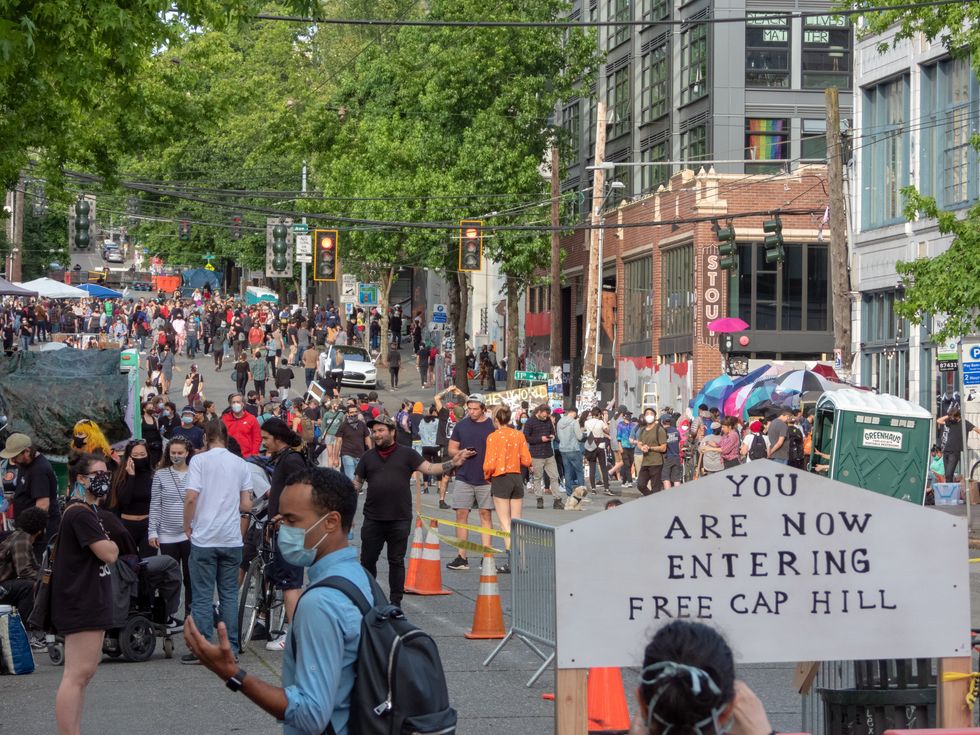
Many would disagree, however. One prominent critic of Capitol Hill is President Donald Trump. The president has disparagingly tweeted about the CHAZ a number of times in the past few days, first challenging Washington Governor Jay Inslee to send the National Guard to Seattle to quell the protests, then further threatening to "straighten it out" himself. Governor Inslee and Mayor Durkan, both Democrats, have rebuked President Trump's inflammatory attacks. So far, Governor Inslee has not called the National Guard in to the CHAZ.
Despite the actions of protesters in Capitol Hill being condemned by some as insurrection, I fully support the movement. For the time being, the CHAZ is a necessary demonstration of a police-free community — a community much of America still wouldn't take seriously, even in this day and age. I believe that if other communities across the country follow in Capitol Hill's revolutionary lead, the Overton window may eventually shift and the aims of these protesters will become more acceptable in the political mainstream, so that perhaps their goals can be accomplished with less occupation and more participation.

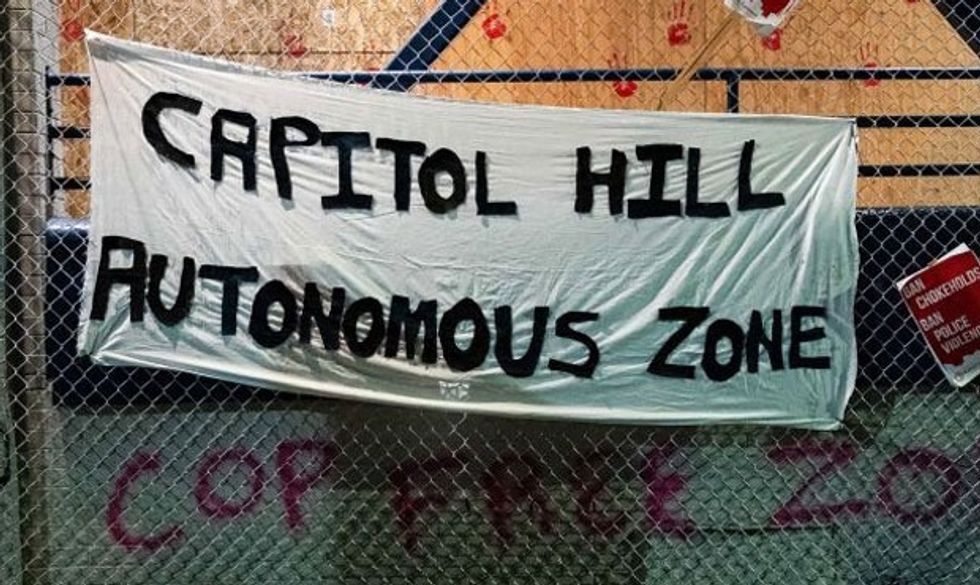





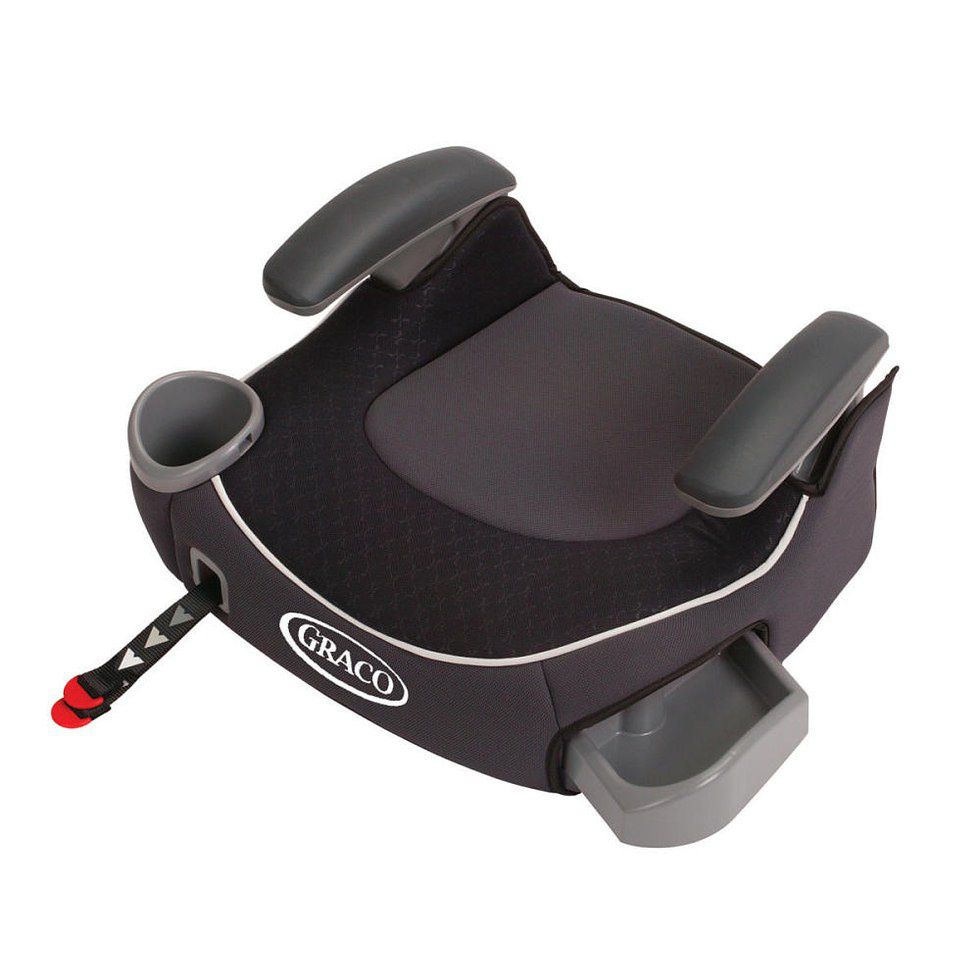








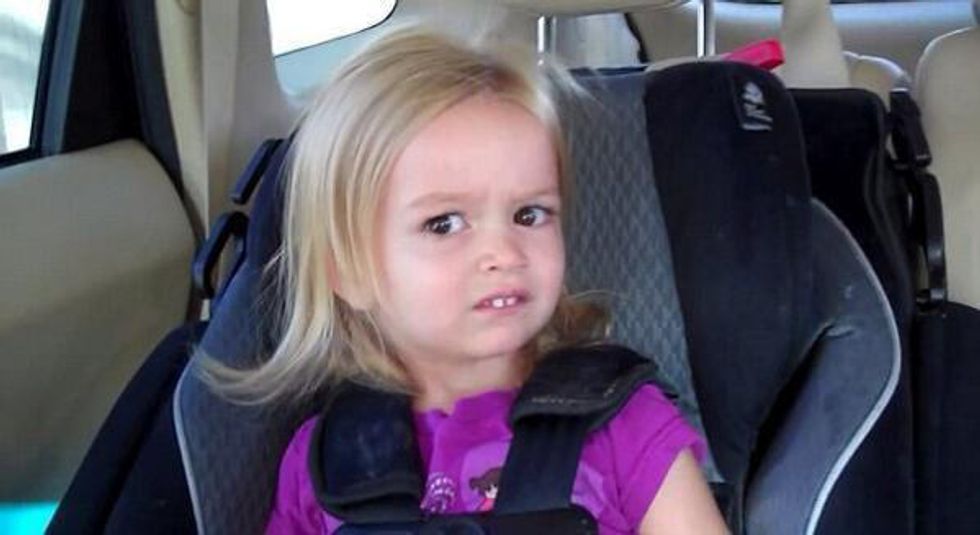
 teenhorseforum
teenhorseforum